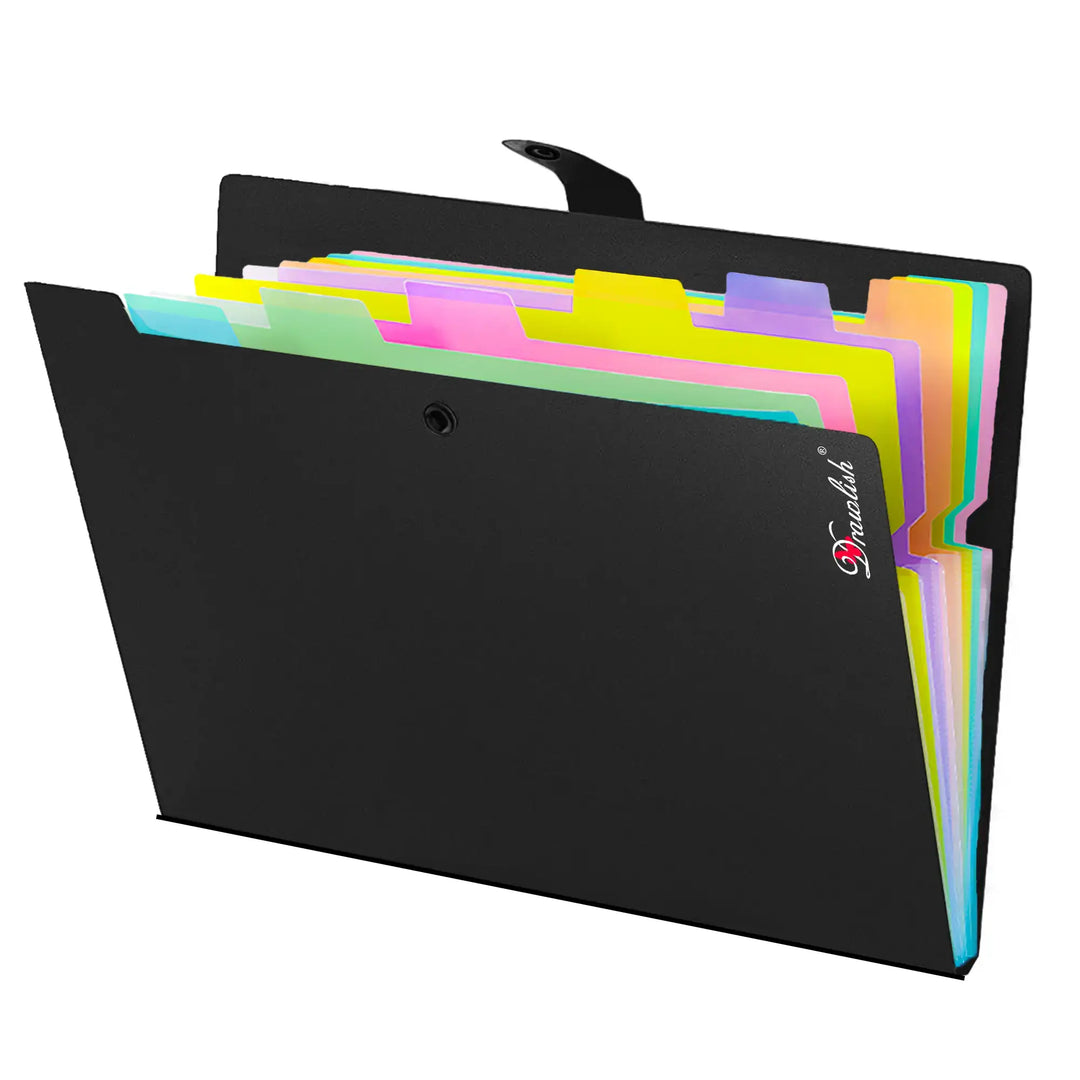Acrylic Paint on Glass: Here's How it Works!
Acrylic paint, a versatile medium beloved by artists worldwide, has found its way onto various surfaces, from canvas to wood, fabric, and even glass. Yes, you read that right! Glass, that transparent material we associate with windows, mirrors, and elegant vases, can also serve as a canvas for your acrylic masterpieces. In this comprehensive guide, we’ll explore the fascinating world of acrylic paint on glass, covering everything from preparation to techniques and finishing touches.

Why Paint on Glass?
Before we dive into the “how,” let’s discuss the “why.” Why would you want to paint on glass in the first place? Here are some compelling reasons:
- Unique Aesthetics: Glass offers a distinct visual appeal. The interplay of light, transparency, and color creates captivating effects.
- Functional Art: Imagine personalized wine glasses, decorative vases, or custom-painted windows. Glass art can be both beautiful and functional.
- Gifts and Keepsakes: Hand-painted glassware makes memorable gifts for weddings, birthdays, or housewarmings.
- Home Decor: Glass art adds sophistication to your living space. Think stained glass panels, painted glass ornaments, or decorative bowls.

Getting Started: Supplies and Preparation
1. Supplies You’ll Need
- Acrylic Paints: Opt for high-quality acrylic paints, like Drawlish. They adhere well to glass and offer vibrant colors.
- Glass Objects: Choose your canvas, wine glasses, vases, jars, mirrors, or picture frames.
- Paintbrushes: Fine brushes for details and larger ones for broader strokes.
- Clear Acrylic Medium: To thin the paint if needed.
- Rubbing Alcohol: For cleaning the glass surface.
- Palette: For mixing colors.
- Paper Towels: To wipe brushes and correct mistakes.
- Sealer or Varnish: To protect your artwork.
2. Preparing the Glass Surface
- Clean the Glass: Wipe the glass with rubbing alcohol to remove any residue or oils. A clean surface ensures better paint adhesion.
- Priming (Optional): Some artists use a clear acrylic primer designed for glass. It enhances paint adherence and prevents slipping.

Techniques for Acrylic Paint on Glass
1. Brush Painting
- Apply Thin Layers: Acrylics work best in thin layers. Build up colors gradually.
- Opaque vs. Transparent: Decide whether you want an opaque or translucent effect. Use more layers for opacity.
- Blending and Details: Use fine brushes for intricate details. Blend colors directly on the glass.
2. Stenciling
- Create Stencils: Cut stencils from paper or vinyl. Apply paint through the stencil onto the glass.
- Repeat Patterns: Stencils allow you to repeat patterns consistently.
3. Pouring Techniques
- Acrylic Pour: Mix acrylic paint with pouring medium and pour it onto the glass. Tilt the glass to create abstract patterns.
- Drip Technique: Drip paint from a brush or pipette onto the glass. Let gravity do the work.
4. Reverse Glass Painting
- Painting on the Back: Paint on the backside of glass (the reverse). When viewed from the front, the glass acts as a protective layer.

Painting Glass With Acrylic Paint
1. Clean the Glass Thoroughly
Before you even think about painting, it’s crucial to clean the glass surface. Glass naturally has oils, dust, and residues that can prevent paint from sticking properly. Start by washing the glass with warm, soapy water. Once dry, wipe the surface with rubbing alcohol to remove any lingering oils or dirt.
2. Consider Using a Primer
While not always necessary, applying a primer specifically designed for glass can enhance paint adhesion. A clear or white primer works well, depending on your design. Priming ensures that your paint won’t chip or peel easily and provides a more even surface for painting.
3. Choose the Right Brushes and Tools
When painting on glass, precision is key. Use fine-tipped brushes for detailed work and foam brushes for larger areas. For straight lines, consider painter’s tape or stencils to keep your designs crisp.
4. Apply the Paint in Thin Layers
Acrylic paint dries quickly, making it easy to apply multiple layers. Start with a thin layer, and let it dry completely before applying additional coats. This approach helps avoid streaks and ensures an even application. Depending on the opacity you want, you might need to apply two or three layers.
5. Allow the Paint to Dry Fully
Acrylic paint dries relatively fast, but it’s best to give it plenty of time to cure. After applying the final coat, let the glass sit undisturbed for at least 24 hours.

How to Seal Acrylic Paint on Glass
Sealing your acrylic paint on glass is a crucial step to ensure your artwork lasts. Sealing helps protect the paint from chipping, peeling, and exposure to moisture.
1. Choose the Right Sealant
There are a few types of sealants you can use on acrylic-painted glass:
-
Clear Acrylic Spray Sealer: This is the easiest and most effective method. Simply spray an even coat over your painted glass, holding the can about 12 inches away to avoid drips.
-
Polyurethane or Varnish: These can be applied with a brush and provide a durable, glossy finish. However, they may slightly alter the color of your paint, so test it on a small area first.
2. Apply the Sealant Evenly
When using a spray sealer, apply several light coats rather than one heavy coat to avoid drips and ensure full coverage. If using a brush-on sealer, apply it with smooth, even strokes to prevent brush marks.
3. Bake the Glass (Optional)
For extra durability, especially for functional items like glasses or plates, you can bake the glass to cure the paint. After applying the sealant, place the glass in a cool oven, then heat it to 350°F (175°C) for about 30 minutes. Let the glass cool in the oven to prevent cracking. Baking is not recommended for all types of glass, so make sure the glass you are using is oven-safe.

Finishing Touches
- Drying Time: Acrylics dry relatively quickly, but let your piece cure for a few days.
- Sealing: Apply a clear sealer or varnish to protect your artwork. Follow the manufacturer’s instructions.
Safety Note
Paint only the outside of any glassware items that you will be using to eat or drink out of. You do not want anyone ingesting your painted piece, especially, if it is a gift you are giving. Non-toxic paint is marketed for its non-toxic effects on breathing, but no paint should ever be ingested. Ever. No matter what. Unless it is edible finger paint that you’ve created for a toddler made with a base of whipped cream (yum).
Acrylic paint on glass opens up a world of creativity. Whether you’re painting delicate flowers on a wine glass or creating a bold abstract design on a mirror, embrace the magic of this unique canvas. So, gather your supplies, let your imagination flow, and turn glass into art!
P.S. If you’re curious about more art techniques, check out our other tutorials on Painting Purple Flower On Glass and Painting Of Pink Flowers On Tree.







Do you have a clear that can be painted on glass to seal over acrylic paint on drinking glasses
Leave a comment